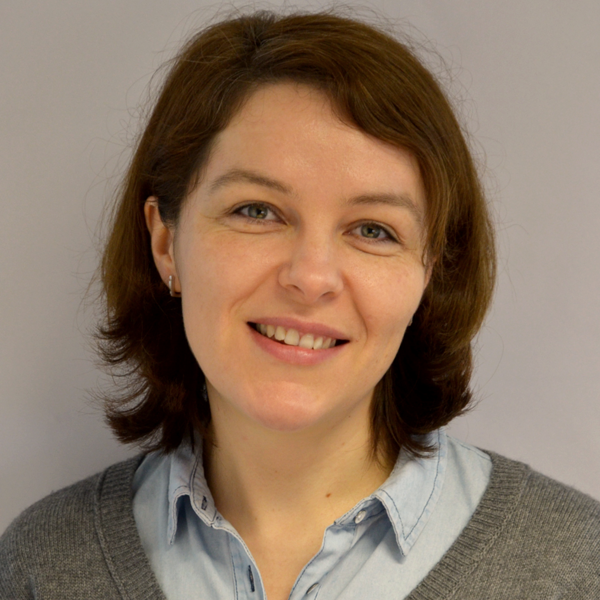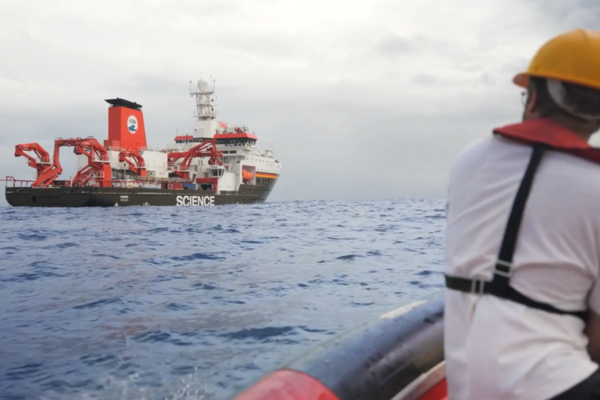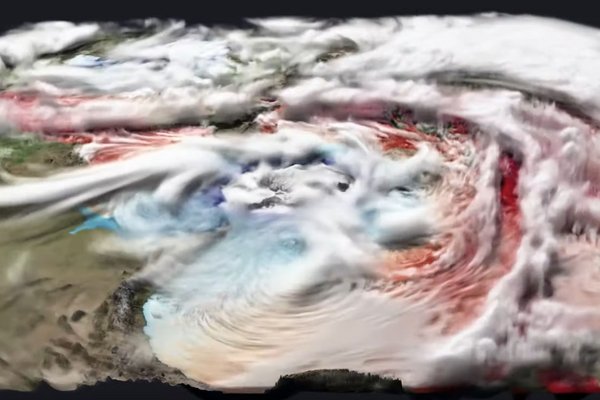![[Translate to English:] [Translate to English:]](/fileadmin/_processed_/1/0/csm_Plotausschnitt_Aktuelles_3d9a72e228.png)
A Quantification of Natural Forcing Contributions on Multi-Decadal North Atlantic Temperature Variability over the Past Millennium
In a new study in Geophysical Research Letters Dr. Shih-Wei Fang, Dr. Claudia Timmreck, and Dr. Johann Jungclaus from the Max Planck Institute for…

“Glaciers are the planet’s early warning system”: Ellen Mosley-Thompson and Lonnie Thompson win BBVA Climate Change Award
This year's recipients of the BBVA Frontiers of Knowledge Award in the Climate Change Category are Prof. Ellen Mosley-Thompson and Prof. Lonnie…

Tatiana Ilyina becoming Co-Chair of Working Group Coupled Modelling in the World Climate Research Program (WCRP)
Dr. Tatiana Ilyina, group leader of the “Ocean biogeochemistry” group in the department “The Ocean in the Earth System”, became co-chair of Working…

Radiosonde measurements of the intertropical convergence zone
On 27 June 2021, the research vessel RV SONNE set off under the cruise guidance of Prof. Peter Brandt from GEOMAR in Kiel and co-leader Dr. Julia…
![[Translate to English:] [Translate to English:]](/fileadmin/_processed_/3/c/csm_grafik_Aktuelles_Dallmeyer_6x4_2_c8a6850382.jpg)
Holocene vegetation transitions and their climatic drivers in MPI-ESM1.2
Do we understand the migration of global vegetation patterns over the last millennia during the transition from the mid Holocene some 8000 years ago…
![[Translate to English:] [Translate to English:]](/fileadmin/_processed_/6/0/csm_T_video_Curiosity_Meets_Discovery_a73fe74a3e.jpg)
Curiosity Meets Discovery
It was our turn on 16 December 2021, and Prof. Bjorn Stevens held a talk about “Understanding Climate Science”.
![[Translate to English:] [Translate to English:]](/fileadmin/_processed_/a/5/csm_JOANNE_LOGO_6x4_fe91d5cb40.jpg)
Atmospheric data treasure for the trade wind region collected, processed, and made available
Thirteen scientists from Germany, France and the United States collaborated to collect measurements and process them into a dataset that provides a…
![[Translate to English:] [Translate to English:]](/fileadmin/_processed_/9/0/csm_T_Nobelpreis_b8429905ab.jpg)
Award of the Nobel Prize in Physics 2021 to Klaus Hasselmann in Berlin
The wait is over: our founding director was awarded the Nobel Prize in Physics 2021 in a ceremony at the Harnack House in Berlin on December 7, 2021.
![[Translate to English:] [Translate to English:]](/fileadmin/_processed_/4/8/csm_archipelago-filled_30a7bb87ef.png)
Predicting global warming: how water vapor affects the radiative forcing of CO2
In a new study in Geophysical Research Letters, Dr. Lukas Kluft, Dr. Sally Dacie, Prof. Dr. Bjorn Stevens (scientists at the Max Planck Institute for…

SC21 Best Visualization Award for MPI-M, DKRZ, University Stockholm, and Intel Corporation
A joint team of the German Climate Computing Centre (DKRZ), the Max Planck Institute for Meteorology (MPI-M), the Stockholm University, and the Intel…
![[Translate to English:] [Translate to English:]](/fileadmin/_processed_/e/a/csm_fig_aktuelles_GCB_gross_3097a4ad86.jpg)
Global Carbon Project: Tracking the fate of man-made CO2
After the global average of fossil carbon dioxide emissions dropped significantly in 2020, this year they are again approaching levels before the…

Humidity differences and their effect on the clear-sky radiation budget in global storm-resolving models
In a new study in the Journal of Advances in Modeling Earth Systems Theresa Lang, Dr. Ann Kristin Naumann, Prof. Bjorn Stevens and Prof. Stefan A.…
